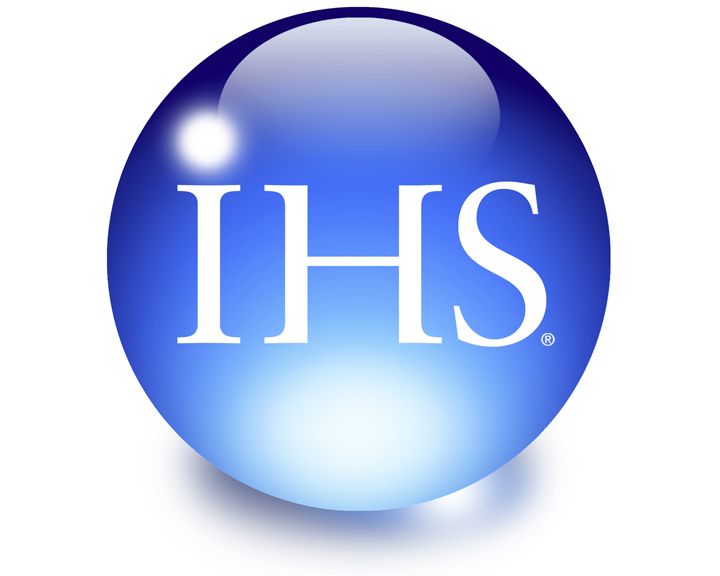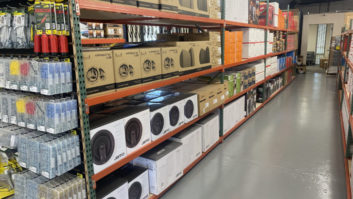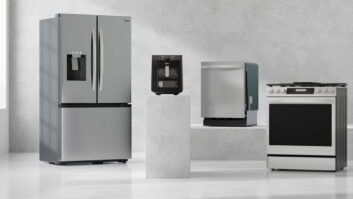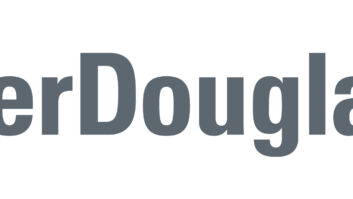
Englewood, Colo. –The global market for connected white-goods appliances will grow at a five-year compound annual rate of 134 percent from fewer than 1 million units shipped in 2014 to more than 223 million units by 2020, research company IHS forecasts.
The appliances include washing machines, clothes dryers, dishwashers, refrigerators, room air-conditioners and large cooking appliances.
If other connected home appliances are included, the total addressable connected home-appliance market will hit 700 million units worldwide by 2020, IHS said. Those products include coffee machines, robotic vacuums, rice cookers, microwave ovens, air-purifiers, and electric toothbrushes.
IHS called its forecasts conservative and noted that shipments could grow faster depending “on how rapidly appliance makers educate and engage with end consumers and provide them with an appropriate price-to-value benefit,” said senior analyst Dinesh Kithany.
Samsung, LG Electronics and other major CE suppliers vying for “first-mover advantage” have shifted their focus from mobile devices, TVs and other saturated businesses to smart home technology devices, IHS said. “Electronics giants could also benefit from the convergence of mobile devices and TVs with their home appliance business lines as all of these devices can integrate well with smart technologies,” Kithany added.
Consolidation of home-automation technologies will help spur growth, said IHS, which expects that by 2018, there will be just a couple of connectivity platforms, operating systems and a small number of technology-oriented appliance companies dominating the market. “Consolidation will drive consumers toward earlier adoption of smart home technology, with growth similar to what the mobile phone industry experienced just a few years ago,” Kithany said.
Other critical factors boosting adoption include energy-management initiatives such as dynamic pricing, government initiatives, and other marketplace dynamics such as pricing, retail environment, and the competitive landscape, IHS said.













